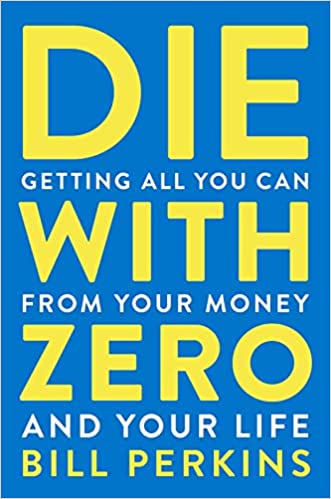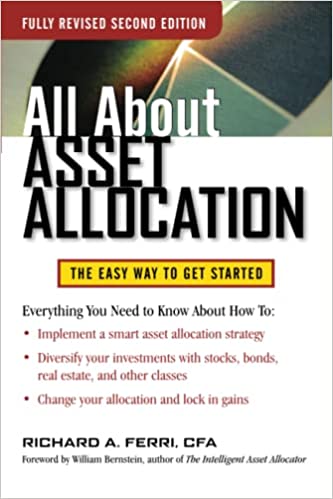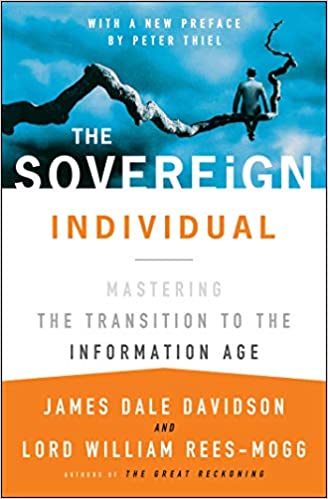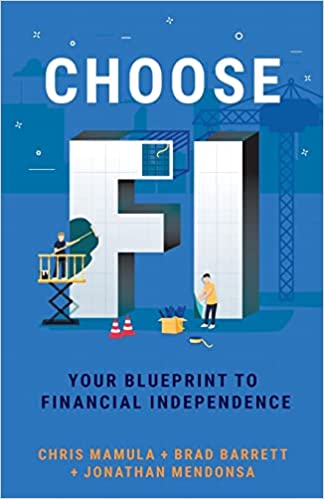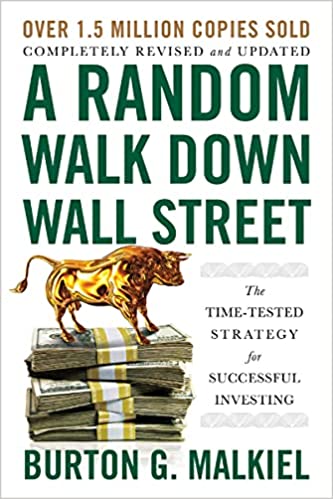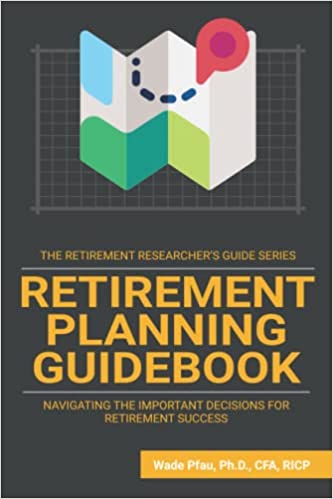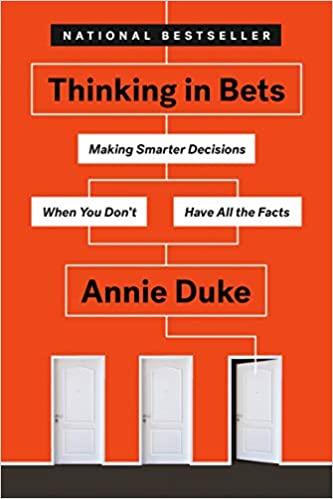If you retire early, you need a solid personal finance plan to have enough funds for everyday living and to complete your retirement goals.
Typically, accessing retirement funds early results in penalties and taxes, but with a few steps, you can learn how to access retirement funds early.
How to Access Retirement Funds Early
Accessing retirement funds early may result in a penalty if you aren’t careful. Fortunately, there are a few simple ways to take money from your retirement accounts without paying penalties.
1. Rule of 55
If you have a 401K or 403b account, you may be able to use the Rule of 55 to escape the 10% early withdrawal penalty. This rule states that if you leave your employer within the year that you turn 55, you can take funds from your 401K or 403b account at your current company penalty-free.
There are Rule of 55 pros and cons because there are many stipulations. For example, for this rule to apply, you must have left your job and be 55 years or older within that year.
This only applies to the current 401K or 403b account. If you know you’ll leave the company and want penalty-free access to other retirement accounts, roll them over to your current 401K, if allowed, before leaving.
To use this rule, your company must allow early withdrawals, and you must follow the company’s rules regarding withdrawal limits. For example, some companies may limit the amount of withdrawals, and others may only allow a lump sum withdrawal.
Keep in mind that you will be responsible for the taxes on your withdrawals. They are only penalty-free distributions, not tax-free.
2. SEPP/72t Withdrawals
The Internal Revenue Code 72t or SEPP allows early withdrawals from your IRA or employer-sponsored retirement account if you take substantially equal periodic payments.
Withdrawals that qualify as SEPP aren’t subject to the 10% early withdrawal penalty. However, there are strict rules they must follow:
- You must take substantially equal periodic payments annually.
- You must take the distributions for at least five years or until you hit age 59 1/2, whichever is longer.
- You must pay applicable taxes for the year you take the distributions.
You can determine your withdrawal amount based on an amortization method that considers your life expectancy.
Use the IRS’s required minimum distribution method, which changes the required distribution amount annually. Or use an annuitization method that uses an annuity factor provided by the IRS based on current interest rates and your age.
3. Roth Conversion Ladder
If you saved most of your retirement funds in a pre-tax retirement account, you can’t access them in most cases until 59 1/2, or you’ll pay the 10% penalty plus taxes. However, funds in a Roth IRA account can be withdrawn penalty-free as long as they’ve been in the account for five years.
If you don’t have adequate (or any) funds in a Roth IRA, you can use the Roth IRA conversion and convert a portion of your traditional IRA to a Roth IRA.
Keep in mind that when you convert funds, you’ll pay taxes at your current tax rate, so it’s best to convert funds periodically versus in one lump sum. The Roth conversion ladder is a method some use.
It means you convert funds based on your expected annual needs in five years. You can withdraw those funds exactly five years from the conversion date without paying the penalty. This should provide a steady stream of retirement income.
4. Pay the 10% Penalty
Of course, you always have the option to withdraw funds and pay the 10% penalty. If you’ve exhausted any of the above options and still need the funds, you can pay the penalty; just try to limit it to as few years as possible.
This method may even make more sense if your taxable income is $0 after deductions and exemptions. This may happen if you’ve already retired and your only income is the money you withdraw.
If you keep the distribution within the standard or itemized deductions you are eligible to receive, you only pay the 10% penalty and no taxes.
Is Withdrawing Retirement Funds Early a Good Idea?
Withdrawing retirement funds early can help supplement your income, especially if you retire early, but it’s not always in your best interest. Talking to your financial advisors is important to ensure you’re not creating financial challenges later in life.
If you create a solid plan to make your retirement savings last throughout your life expectancy, strategically withdrawing funds doesn’t have to hurt your financial future.
However, tapping into your retirement savings just because they’re there and you want something now versus using the funds for living expenses in retirement isn’t the best idea.
Reasons for Accessing Retirement Savings Early
Everyone has different reasons for accessing retirement savings early. Here are a few common reasons:
- Early retirement: If you stop working before age 59 1/2, you may need access to your retirement savings to have adequate funds for living expenses until retirement age.
- Hardship: If you experience financial difficulties or an unexpected hardship, such as extensive medical bills, you may need to access your retirement savings early.
- Education: Higher education expenses increase annually, and sometimes, using IRA funds versus student loans is less expensive. Some expenses may be penalty-free if they meet the IRS requirements.
What Is the Penalty for Early Withdrawal of Retirement Funds?
If you don’t qualify for any of the above methods for early withdrawals, you may be subject to a 10% early withdrawal penalty. This applies to each non-qualified early withdrawal you make. You’ll also be responsible for any income taxes.
Pros and Cons of Early Retirement Fund Withdrawals
Pros
- You may have options for penalty-free withdrawals.
- You can supplement your income if you retire early.
- You may avoid unnecessary interest charges on loans.
Cons
- It can be hard to qualify for one of the early withdrawal exceptions.
- You still owe taxes on any withdrawals except Roth account withdrawals.
Alternatives To Accessing Retirement Funds Early
It’s typically best to withdraw from retirement accounts early as a last resort. Here are some alternatives to consider first:
- 401K loan: You may be eligible to borrow from your 401K. This doesn’t incur penalties or taxes, but you’ll pay interest and must repay the full amount owed within five years.
- Line of credit: If you have equity in your home, you may borrow against it with a HELOC. They typically have low-interest rates and favorable repayment terms.
- Personal loan: Financial emergencies sometimes require funds fast, and a personal loan may offer that option. You can receive a lump sum within a day or two after approval in most cases.
- Part-time job or side hustle: If you can still work (and want to), consider starting a side hustle or finding a part-time job to supplement your income during early retirement, reducing how much you must take from retirement accounts when retiring early.
FAQs
How Much Can I Withdraw From My Retirement Account?
How much you can withdraw from your retirement accounts and how much you should withdraw are two different stories. You can withdraw as much as the account administrator allows.
However, you’ll pay taxes on the amount withdrawn, which can be hefty if you withdraw large amounts.
Ideally, you should take 4% or less of your retirement account balance to ensure your retirement savings lasts throughout your lifetime.
Can I Borrow From My Retirement Plan Instead of Making an Early Withdrawal?
Sometimes, borrowing from your 401K instead of withdrawing funds makes more sense. You avoid the early withdrawal penalty and taxes when you borrow money. Keep in mind, though, that you must repay the amount borrowed with interest.
Can I Avoid the 10% Early Withdrawal Penalty From My IRA for Certain Expenses?
The IRS has certain exceptions for the early withdrawal penalty, including:
- Birth or adoption expenses.
- After the death of an IRA owner.
- Permanent disability.
- Higher education expenses.
- First-time home purchase.
- Terminal illness.
- Unemployed health insurance.
How Long Does It Take To Get Retirement Money?
After cashing out your 401K or other retirement accounts, receiving the funds can take 7 to 10 business days.
Which Retirement Funds Should I Withdraw First?
Ideally, you should withdraw funds from taxable retirement accounts first. This allows tax-deferred accounts to continue growing without the risk of increasing your tax liability. It also helps lower the amount of taxes owed in your later years.
How Do You Calculate Substantial Equal Periodic Payments for a 72t Distribution?
The simplest method to calculate substantial equal periodic payments for a 72t distribution is to take your account balance and divide it by your life expectancy. You can recalculate this number at the end of each year.
Can I Use the Rule of 55 and Still Work?
You can work another job using the Rule of 55. However, you must keep your 401K with your old employer to continue taking distributions without penalty.
What About Roth IRA Early Withdrawal Penalties?
If you withdraw from your Roth IRA before age 59 1/2 and before your funds have been in there for five years, you’ll pay the same 10% penalty plus applicable taxes.
What Qualifies for a Hardship Withdrawal?
The IRS defines a hardship withdrawal as a withdrawal for a heavy and immediate financial need. Common reasons are medical or funeral expenses; however, each 401K administrator can define hardship for their accounts. Other examples include
- Immediate and necessary home expenses.
- Higher education expenses.
- Payments to avoid foreclosure or eviction.
Do I Need To Show Proof for Hardship Withdrawal?
The IRS does not require employers to provide proof of hardship for withdrawal. However, keeping documentation in case you are audited is always a good idea.
Can I Cash Out My 401K While Still Employed?
You can cash out your 401K from previous employers while employed, but you’ll pay early withdrawal penalties if you are not yet 59 1/2. Your current employer may have rules regarding whether you can cash out your current 401K while still employed.
At What Age Is 401K Withdrawal Tax-Free?
The IRS determines the retirement age to be 59 1/2. Withdrawals made after this age are free from the early withdrawal penalty.
The Bottom Line
Knowing how to access retirement funds early without penalties is crucial to your retirement.
The tax code allows several exceptions to the 10% penalty, but it’s best to consult your tax or financial advisor to determine the best course of action.



